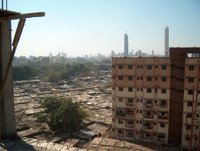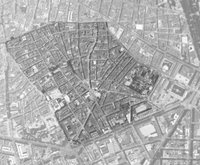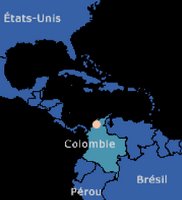
This part intends to gather studies on current urban situations related to development issues. These studies will be reported in short articles form and will propose personal reflexions on the socio-urban reality,
For example questionning on urban policies and their consequences…
If you want to share any research studies on this topic, don’t hesitate to write your own article.
If you are interested on one of the topics presented on this blog, contact the author or email us at alterurbanet@hotmail.com.




